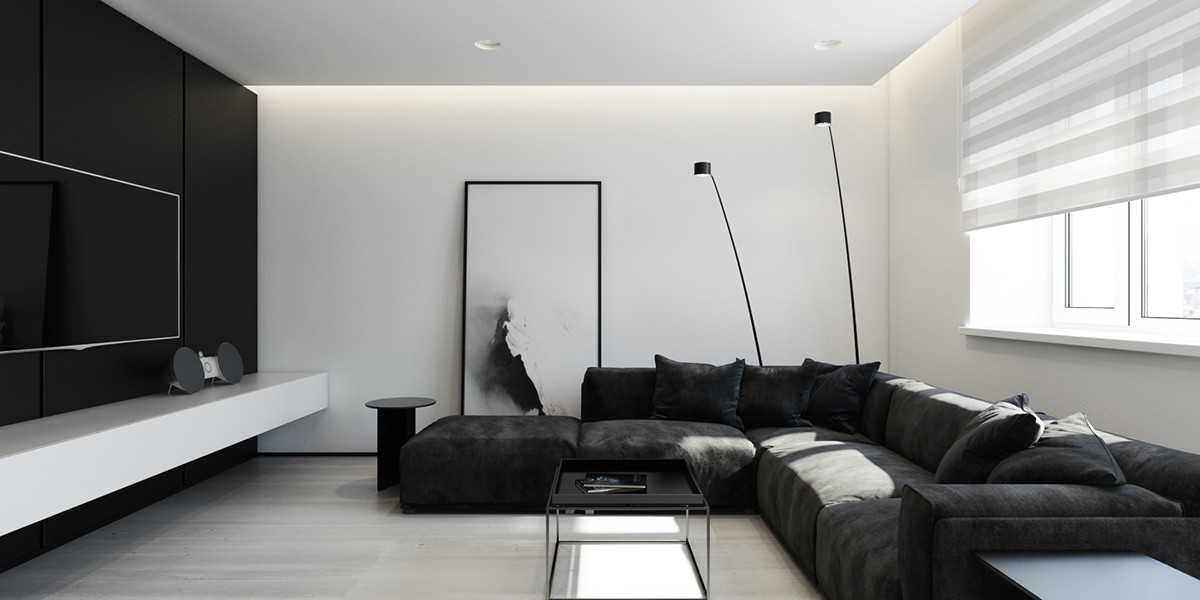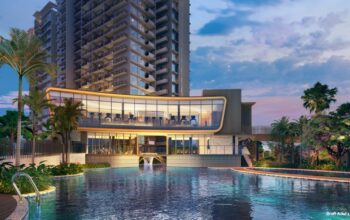Designing a home is never just about filling a space with furniture and decoration—it is about creating an environment that reflects lifestyle, values, and comfort. For homeowners in Singapore, where landed properties offer more flexibility compared to high-rise apartments, interior design plays an even more influential role. Larger spaces, multiple levels, and outdoor areas open the door to creative possibilities that require a thoughtful approach.
Why Landed Property Interior Design Singapore Stands Out
Unlike condominiums or compact urban apartments, landed property interior design Singapore carries a unique set of challenges and opportunities. These homes typically include greater square footage, gardens, terraces, and sometimes private pools. Such features allow for a wider design scope that blends functionality with luxury.
Interior designers working with landed homes must balance practical living needs with the homeowner’s vision. Whether it’s transforming open layouts into multifunctional areas, integrating outdoor and indoor living, or customizing spaces across multiple floors, the approach is often highly personalized.
Maximizing Space in Multi-Level Homes
One of the defining characteristics of landed properties is the presence of multiple stories. Unlike single-level apartments, homeowners must consider vertical flow and how each level complements the next.
For example, the ground floor often serves as a communal hub, housing the living room, dining area, and kitchen. Upper levels may be dedicated to private bedrooms, offices, or recreational zones. A well-thought-out design ensures seamless transitions between floors, often using staircases as both functional and aesthetic features.
Smart planning also helps in maximizing space efficiency. Built-in storage, concealed cabinetry, and custom furniture can help reduce clutter while maintaining a sleek, elegant atmosphere.
The Role of Natural Light and Ventilation
Singapore’s tropical climate encourages designs that maximize natural ventilation and light. Large windows, skylights, and open-plan layouts bring in daylight, reducing reliance on artificial lighting during the day. At the same time, cross-ventilation systems and open courtyards help cool the house naturally, creating energy-efficient spaces.
Designers often incorporate sliding glass doors or folding panels that connect indoor living areas with gardens or patios. This approach not only improves airflow but also fosters a sense of harmony with nature.
Luxury and Personalization in Interiors
Landed homes offer greater freedom for customization. Unlike standardized apartment layouts, these properties allow homeowners to express individuality through bespoke design elements.
Some homeowners prefer a modern minimalist approach with clean lines, neutral colors, and open layouts. Others lean toward classic luxury with ornate details, rich textures, and statement furniture. Personalization may also extend to specialty rooms, such as home theaters, gyms, wine cellars, or meditation spaces.
The key lies in creating a cohesive theme that resonates with the lifestyle and personality of the residents, ensuring each corner of the home feels intentional.
Blending Indoor and Outdoor Living
A distinctive aspect of landed property design is the opportunity to seamlessly merge indoor and outdoor spaces. Gardens, terraces, and balconies become natural extensions of the living area when designed thoughtfully.
For instance, alfresco dining areas connected to the kitchen, or lounge spaces overlooking landscaped gardens, can add both elegance and functionality. Incorporating greenery into interiors—through vertical gardens, indoor plants, or natural materials—further enhances this connection.
In Singapore’s urban environment, this blending of nature and modernity creates a calming retreat within the bustling city.
Sustainable and Smart Living Solutions
Sustainability is increasingly shaping interior design choices. Many landed homeowners in Singapore are opting for eco-friendly solutions such as solar panels, rainwater harvesting systems, and energy-efficient appliances.
Interior design complements these choices with environmentally conscious materials like reclaimed wood, low-VOC paints, and energy-saving lighting systems. Smart home technology also integrates seamlessly into landed property design, offering automated lighting, climate control, and security systems for convenience and efficiency.
This combination of sustainability and technology not only lowers environmental impact but also future-proofs the home.
The Importance of Flow and Functionality
Beyond aesthetics, functionality is vital in ensuring that the home supports daily routines. Designers must carefully consider traffic flow, privacy needs, and noise control across different areas of the property.
For example, entertainment spaces should be positioned away from private bedrooms, while kitchens benefit from direct access to outdoor dining areas. Flexible layouts allow spaces to evolve with the homeowner’s lifestyle, adapting to changing family needs over time.
Crafting a Timeless Aesthetic
While trends in interior design come and go, timeless design ensures that a home remains elegant for decades. Neutral color palettes, quality materials, and simple yet sophisticated forms often withstand the test of time.
At the same time, accents such as statement lighting, curated art pieces, or bold feature walls allow for personality and creativity without overwhelming the design. This balance ensures that interiors remain fresh, adaptable, and enduring.
Conclusion
Landed property interior design in Singapore offers a canvas for creativity, personalization, and innovation. With larger spaces and greater flexibility, these homes allow for the seamless integration of functionality, aesthetics, and sustainability.
From multi-level planning and natural ventilation to luxury customization and smart living features, thoughtful design ensures that each landed home becomes more than just a residence—it becomes a sanctuary that reflects the identity and aspirations of its occupants.
As the city continues to grow, the art of designing landed homes will remain an evolving discipline, blending modernity with tradition, sustainability with comfort, and individuality with timeless beauty.




